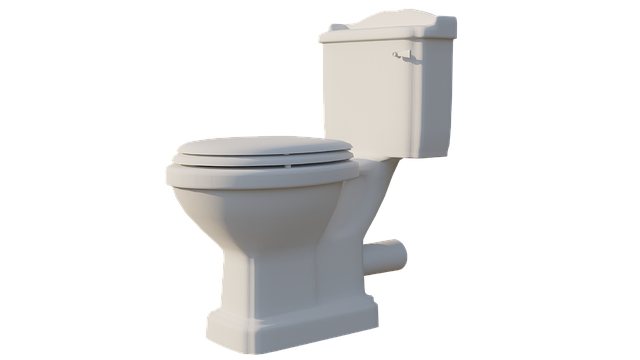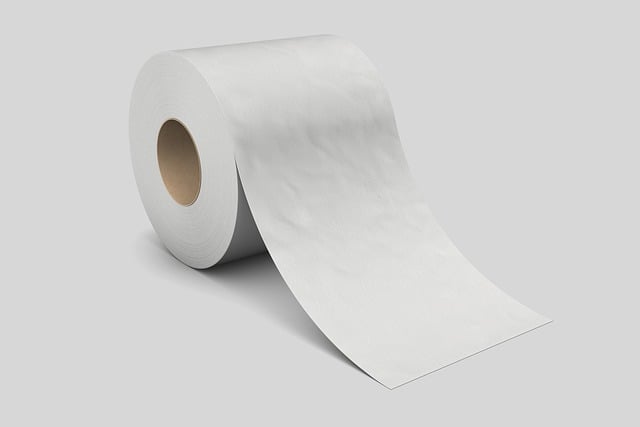A running toilet, caused by faulty flappers or worn fill valves, wastes water and can lead to flooding. To stop it, observe water flow, identify leaks around flush valve, fill tube, and flapper, and replace worn-out parts. Regular maintenance, adjusting float valves, using dual-flush systems, and prompt action save money, conserve water, and prevent damage. Learn How to Stop a Running Toilet with these easy solutions.
A running toilet not only wastes precious water but also drives up your utility bills. In this article, we’ll guide you through understanding the problem, diagnosing the leak’s source, and taking practical steps to stop a running toilet for good. Learn how to identify common causes like flapper issues or worn valves, and implement cost-effective solutions to save money and conserve water. By following these simple tips, you can turn off that constant flow and make your home more efficient.
- Understanding the Problem: What Causes a Running Toilet?
- Diagnosing the Leak: Identifying the Source and Type of Waste
- Solving the Issue: Practical Steps to Stop Water Wasting and Save Money
Understanding the Problem: What Causes a Running Toilet?

A running toilet, or a toilet that continues to flush even after you’ve stopped the lever, is more than just an annoying waste of water; it’s a common plumbing issue with a simple solution. Understanding what causes this problem is the first step in learning how to stop a running toilet. The primary culprits are typically a faulty flapper or a worn-out fill valve.
The flapper, which covers the drain hole at the bottom of the toilet bowl, fails to seal properly, allowing water to constantly flow from the tank into the bowl. Similarly, an aging or damaged fill valve can overflow and cause the tank water level to rise steadily, triggering continuous flushing. Regular maintenance and easy replacement parts can address these issues effectively, preventing unnecessary water wastage and potential flooding.
Diagnosing the Leak: Identifying the Source and Type of Waste

To stop a running toilet, diagnosing the leak is the first step. Start by observing the water flow and noting where it’s coming from. A persistent trickle from the tank, an intermittent gurgling sound in the bowl, or water collecting at the base of the toilet are all indicators of potential issues. Check for leaks around the flush valve, fill tube, or flapper – these are common sources.
Inspecting these components will help identify whether the leak is due to a worn-out flapper, a faulty float, or a problem with the flush mechanism. Understanding the type of waste – continuous drips, occasional gushes, or steady streams – will guide your approach to fixing the issue efficiently, ultimately preventing unnecessary water wastage and saving you from costly repairs.
Solving the Issue: Practical Steps to Stop Water Wasting and Save Money

A running toilet is not just an annoyance; it’s a significant waste of water and money. Solving this issue involves practical steps that anyone can take to ensure their toilets are functioning efficiently. Start by checking for leaks around the flush valve and the fill tube. Even the smallest drip can lead to substantial water waste over time. Regularly inspect these areas, especially in older toilets, and consider replacing worn-out parts to prevent water from continuously running down the drain.
Next, adjust the float valve or the refill mechanism. These components control the water level in the tank. Ensure they are working correctly; a misadjusted float can cause the toilet to run constantly. Additionally, check if your toilet has a dual-flush system. Using this feature, which allows for half-flush and full-flush options, can significantly reduce water consumption. By taking these simple steps, you’ll not only save money on your water bills but also contribute to preserving this precious resource.
A running toilet not only wastes precious water but can also lead to costly repairs. By understanding the problem, diagnosing the leak’s source, and taking practical steps to solve it, you can efficiently stop this issue. Implement these simple solutions to save money and contribute to water conservation. Remember, every drop counts!
